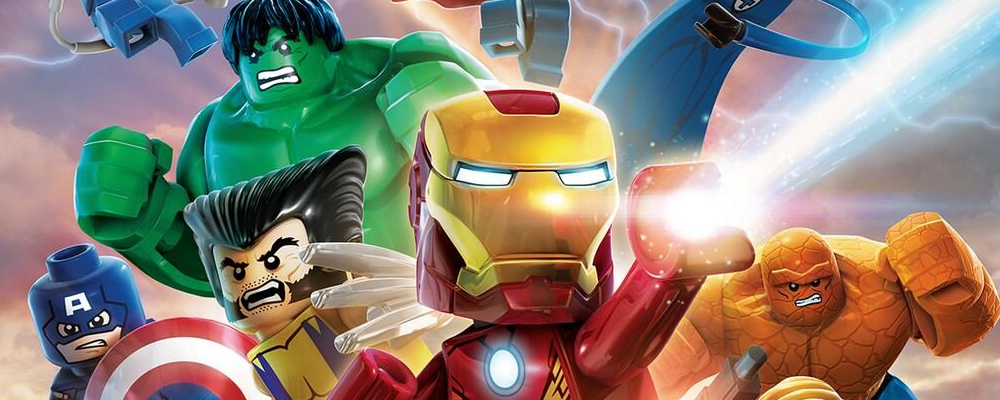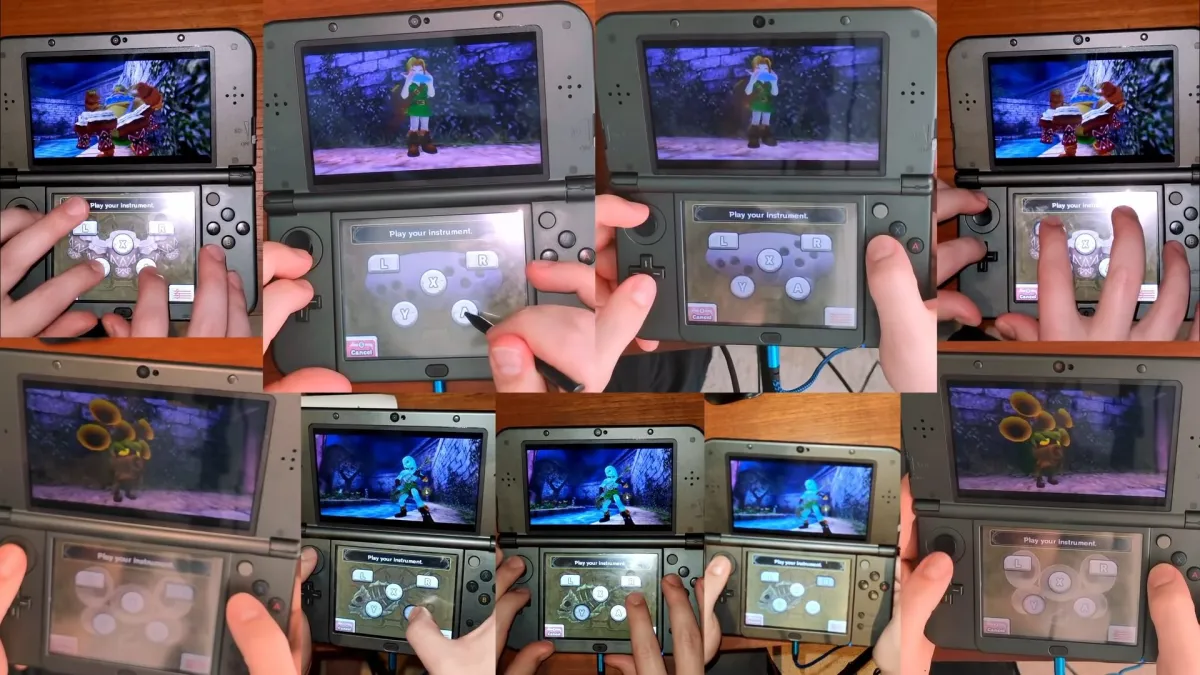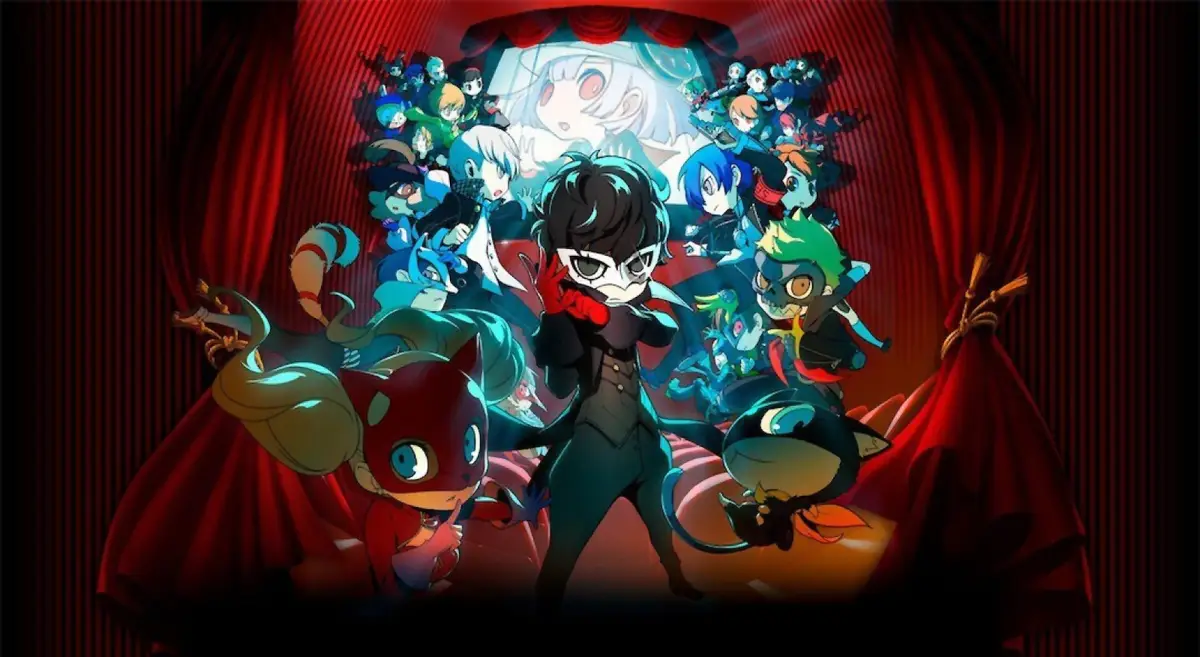LEGO MAHVEL BAYBEE
Star Wars, Indiana Jones, Batman (later the entirety of DC), Pirates of the Caribbean, Harry Potter, and The Lord of the Rings — arguably a majority of the world’s largest entertainment properties — have all been brought to life in videogames after being passed through the adorable LEGO filter by Traveller’s Tales. And, well, they’ve handled each franchise masterfully and created some truly great games with each of them over the years. What could possibly be next?
I can’t be the only one who’s been dreaming since LEGO Star Wars that we would one day see LEGO Marvel make its videogame debut, but, seeing as Traveller’s Tales is a subsidy of Warner Bros., it was seemingly never going to happen. However, by some remarkable turn of events (due to the magic of licensing), here we are with LEGO Marvel Super Heroes.
It’s nothing short of a miracle this game was even made, but it’s something we can only be happy about.

LEGO Marvel Super Heroes (Xbox 360 [reviewed], Xbox One, PlayStation 3, PlayStation 4, PlayStation Vita, Wii U, 3DS, PC)
Developer: Traveller’s Tales
Publisher: Warner Bros. Interactive Entertainment
Released: October 22, 2013
MSRP: $49.99
The game begins innocently enough, with Silver Surfer being knocked out of the sky, bringing down with him a handful of “Cosmic Bricks.” Dr. Doom, enlisting the help of Loki and Magneto, seeks these out to create his, well, Doom Ray…of Doom. So, of course it’s up to the heroes of the Marvel universe to put an end to these shenanigans. That’s about as far as the narrative goes, really. Not to say this is a bad thing; the story is fine and it does exactly what it needs to: set up the locales and scenarios for the game itself to shine. Players will be taken to the breathtaking Asgard, Savage Land, space, and everywhere in between from various Marvel settings. In fact, no two levels could remotely be described as similar.
Canonically, the title takes place almost directly after the events of The Avengers, the events of the film being directly referenced numerous times. More than that, the characters’ solo film outtings are also brought up throughout. For example, the Clean Slate Protocol from Iron Man 3 is reused at one point early on to make one of the more lackluster boss battles one of the most memorable, and the shawarma gag is brought up periodically to arguable comedic effect. Of course, all these references would fall flat without the proper delivery, and its in delivery Traveller’s Tales are masters of their domain.
Characters are perfectly animated, causing them to look and act exactly as expected. The cutscenes are effectively silly, and have that same Traveller’s Tales charm one has come to expect over the years. Just as more recent entries, the entire cast is fully voiced and (for the most part) handled really well. More notably, Clark Gregg, Nolan North, and Stan Lee reprise their well-known roles as S.H.I.E.L.D. Agent Phil Coulson, Deadpool, and himself, respectively. Not much more needs to be said about that.
The formula for a LEGO game breaks down as follows: play through a level with a set cast of characters, unlock free play for that level, and replay it later with an entire roster of playable characters at one’s disposal to reach brand new areas that unlock secrets. Every action is driven by a constant positive-reinforcement structure. Each character has an ability button, a melee button, and (if able) a fly button. The ability button allows Spider-Man to shoot his web, Hulk to smash, and so on. Players will constantly destroy, build, and move LEGOs to collect, interact, and influence the world, just as before. Local co-op is still the only option that’s offered, sadly.

From a gameplay perspective, these abilities boil down to either a projectile, environmental interaction, or passive ability. But just like LEGOs, it’s how these small, simple pieces are built on top of each other in the characters themselves, and how they’re mixed in matched in all the game’s puzzles, that makes them consistently interesting. Nothing is presented that hasn’t been experienced before, but the LEGO titles avoid feeling stale thanks to every title having an entirely new universe to work with that creates a fresh coat of paint and doesn’t necessitate the underlying basic structure needing to change. This point is especially true with Marvel Super Heroes.
Between story missions, New York City acts as the hub where the player can explore, complete quick side missions provided by civilians, bigger side-missions involving various villains (presented by Deadpool himself), fill out the roster of over 100 characters, unlock new vehicles, or simply just wreak havoc if they so choose.
The city feels quite alive (literally, in the case of The Statue of Liberty), and truly larger and more detailed than one would expect it to be. There’s something to be said about playing as Iron Man and ripping through the city streets at hyper speed, or skydiving as any character from the S.H.I.E.L.D. Helicarrier miles above the city and landing exactly where all the action is in a matter of seconds.
It is possible to play the entirety of the story without spending more than ten minutes in the city, but to do so would be missing out on an entire other half (arguably even more than half) of the package. The story can be completed somewhere in the neighborhood of seven to 10 hours, but to truly complete the game would take someone what I estimate to be 30 – 40 hours.

LEGO Marvel is not without its annoyances, and they’re annoyances that have been a problem in the franchise from the start. Firstly, the hint system is context sensitive and also not context sensitive. It’s never consistent. The confusing nature wouldn’t be highlighted so much if it weren’t for the fact that the text flashes and covers the entirety of the lower third of the screen.
This doesn’t happen once or twice a mission, but rather every couple of minutes throughout the entire game. The same hint telling the player that they need a web-slinging character to interact with a certain piece — despite doing this probably a hundred times before — will appear just as frequently on the final mission as it did on the first. Other times hints will just pop up seemingly for no reason at all other than just because. There’s no reason for the player to not have the option to turn this off at this point in the franchise’s life.
Another problem stems from the ability button and context-sensitive switch button both being mapped to the same button. Some characters that have a long ability animation such as Black Widow (who turns invisible), become really annoying to use when trying to pull a switch but instead not being close enough and accidentally using her ability. It’s a really trivial issue that is more sparingly annoying, but with every button on the controller not being mapped it seems easily fixable and something that shouldn’t have been an issue in the first place, yet continues to be one.

I enjoyed myself immensely during my playthrough despite these slight problems, both as a huge comic book fan and from the nostalgia-fueled bliss that comes from the presence of LEGOs. Continually seeing that personal favorites of mine like Guardians of the Galaxy, Daredevil, and Deadpool (specifically how he reoccurs throughout the game’s story) or hand-picked obscure characters like Howard the Duck and Squirrel Girl were playable inspired me to play more (and continue to) in the end-game just to discover who I could unlock next. If one has a Marvel character in mind, they probably make an appearance here. The game is definitely rooted in the Marvel Cinematic Universe, but there’s more subtle references to the comics, especially with the entire catalog of material and history Traveller’s Tales had the opportunity to use.
My favorite example has to be at one point early in the game, where a billboard that features an alternate LEGO rendition of Superior Spider-Man #1’s cover appears. Eventually, the player has to use Spider-Man to pull down this wall to a crumbling fall, and I couldn’t help but laugh as it can’t be anything other than a blatant, harsh jab at the events surrounding that character that took place earlier this year. These types of moments only appeal to a small percentage of players, but it adds all the more personality to an already jam-packed game full of every kind of Marvel fan-service.
LEGO Marvel Super Heroes is the Avengers game we’ve always wanted, and maybe even more than that — the Marvel game we’ve always wanted, and I say that well-aware of the fact that Marvel: Ultimate Alliance and Ultimate Marvel vs. Capcom 3 are out there. Sure, it’s in LEGO form, but whether you’re a casual super hero fan or take a trip to the local comic book store every Wednesday, there’s no question there’s something for everyone here.





Published: Nov 6, 2013 11:00 am